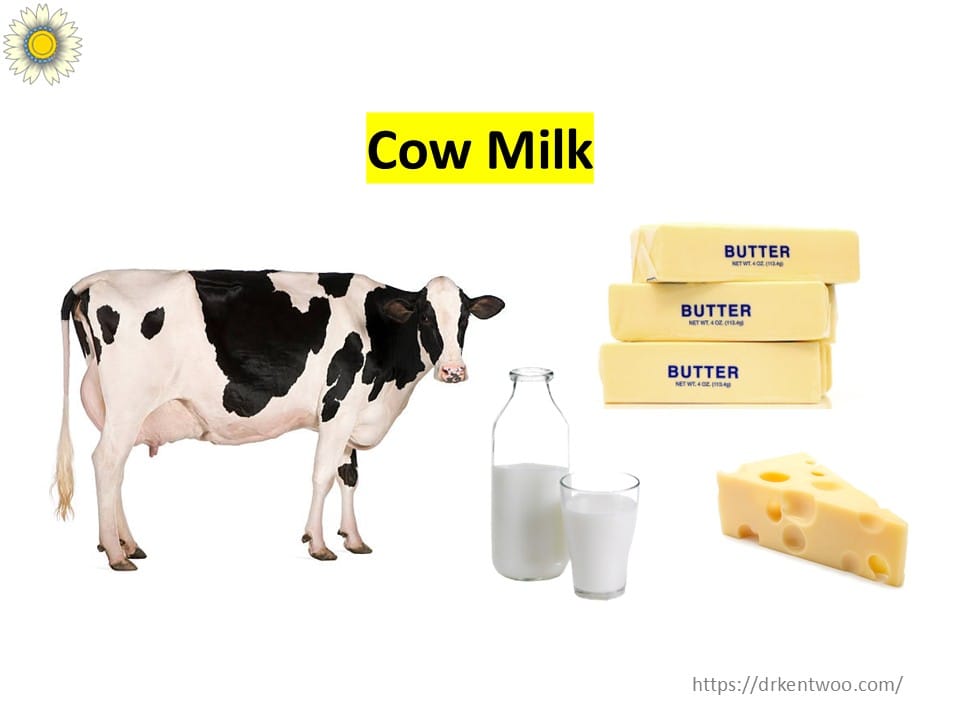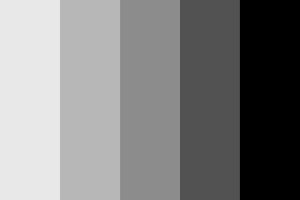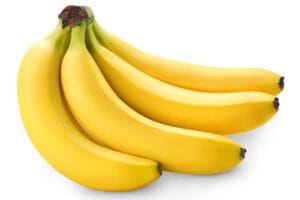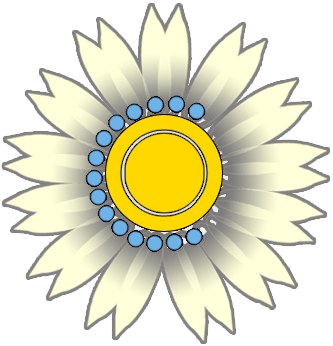Cow’s Milk Allergy: Foods to Avoid & Safe Alternatives

Cow’s milk allergy is one of the most common food allergies, especially in infants and young children. If you have a milk allergy, it’s essential to avoid all sources of cow’s milk proteins, including hidden ingredients in processed foods.
Foods That Contain Milk🥛(Avoid These!)
✔ Obvious Sources of Milk:
- Milk (whole, skim, low-fat, evaporated, condensed, powdered)
- Butter, ghee
- Cheese (cheddar, mozzarella, cream cheese, parmesan, etc.)
- Cream (whipped cream, heavy cream, Half & Half)
- Ice cream, ice milk, sherbet
- Yogurt, kefir
- Custard, pudding
✔ Less Obvious Sources of Milk:
- Casein, caseinates (sodium caseinate, calcium caseinate)
- Dairy product solids, milk fat, whey, whey protein
- Hydrolysates (whey protein hydrolysate, casein hydrolysate)
- Lactalbumin, lactoglobulin, lactulose
- Galactose (found in milk sugar)
- Nisin preparation
- Recaldent (found in some chewing gums and dental products)
- Simplesse (fat substitute made from whey protein)
Foods That May Contain Milk (Check Labels!)
⚠ Some foods may not list “milk” but could still contain milk-derived ingredients.
- Artificial and natural flavoring (can contain milk proteins)
- Caramel flavoring (sometimes contains dairy)
- High-protein flour (may contain casein or whey)
- Lactic acid, lactic acid starter culture (check the source)
- Rice cheese, soy cheese (may contain casein or whey)
Does Cooking Reduce Milk Allergenicity? 🔥
💡 Baked milk products (like muffins or cookies) may be tolerated by some people with a milk allergy. Research shows that high heat (baking at 350°F or 180°C for at least 30 minutes) can break down milk proteins, reducing allergenicity.
⚠ However, this does not apply to everyone. Some people with milk allergy may still react to baked milk.
👉 See an Allergist/Immunologist before trying baked milk. A supervised oral food challenge is the safest way to determine tolerance.
📌 [Click here to learn about: Food Immunotherapy to Milk]
Safe Milk Alternatives
✅ Dairy-Free Milk Substitutes:
- Rice milk
- Soy milk
- Almond milk
- Coconut milk
- Oat milk
✅ Safe Non-Dairy Ingredients:
- Cocoa butter (despite its name, it does not contain dairy)
- Calcium lactate (not derived from milk)
- Calcium stearoyl lactylate (safe emulsifier)
- Cream of tartar (a byproduct of winemaking, not dairy)
- Sodium stearoyl lactylate (used in baked goods, safe for dairy allergy)
FAQs About Milk Allergy
1. Can I eat baked goods if I have a milk allergy?
⚠ Only if approved by an Allergist/Immunologist. Some people can tolerate baked milk, but others may still react. Get tested before trying.
2. Is lactose intolerance the same as a milk allergy?
🚫 No! Lactose intolerance is the inability to digest milk sugar (lactose), while milk allergy is an immune reaction to milk proteins (casein & whey).
3. Are all dairy-free products safe?
🔍 Not necessarily. Some “dairy-free” products (like non-dairy creamers, whipped toppings, or margarine) may still contain milk derivatives. Always check labels.
4. Can I eat butter if I have a milk allergy?
🚫 No! Butter still contains milk proteins. Use dairy-free alternatives like coconut oil, olive oil, or vegan butter substitutes.
5. What about goat’s milk or sheep’s milk?
🐐 Avoid these too! Many people allergic to cow’s milk are also allergic to goat, sheep, and buffalo milk due to similar proteins.
The Allergy Immunology Clinic is here to help you with your food allergy.




